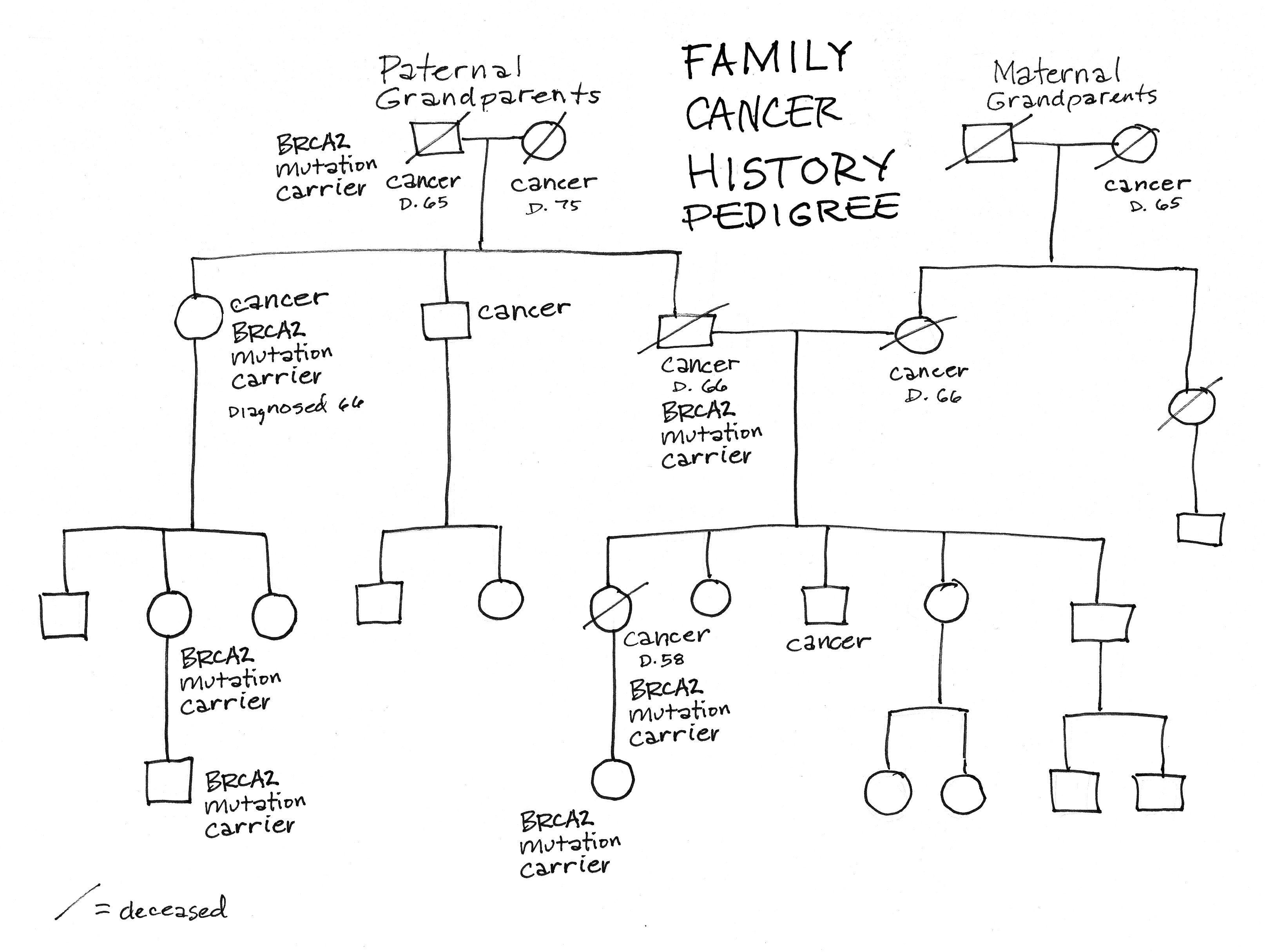Article
Hereditary Cancer Demands a New Medical Discipline
Author(s):
I'm suggesting a new medical discipline called "previvology" that is dedicated to the detection of genetic mutations and the prevention or early detection of cancers that are associated with them.
Sometimes we are forced to learn things in our life whether we choose to or not. Learning about hereditary cancer was one of those things for me.
When my late wife’s BRCA2-associated triple-negative breast cancer was diagnosed, in addition to becoming her primary caregiver, I also became her primary researcher. Because of my wife’s malignant neoplasm, I learned many new words related to cancer and cancer treatment. Of course, many of these words I wish I had never had to add to my vocabulary.
I became a “BRCA2 mutation-adjacent” advocate in the hereditary cancer community after my wife and our daughter were found to have the mutation after my wife’s diagnosis. One of the many things I learned about hereditary cancer is that we desperately need a new medical discipline; I have coined a word for this discipline, “previvology.”
And with Previvor Day coming up on Sept. 28, I thought I would share this idea.
Previvology would be a practice solely dedicated to the detection of germline mutations and the prevention or early detection of hereditary cancer. It would be part doctor and part sleuth. If there’s any family history of cancer your primary care doctor would refer you to a previvologist where a possible genetic cause would be determined or ruled out.
While most cancers are sporadic, about 10-20% of cancers are because of an inherited genetic mutation, according to the National Cancer Institute. So, do we really need a new discipline just for these individuals? The answer is a resounding YES! There are almost two million new cases of cancer diagnosed in the United Stateseach year according to the National Cancer Institute – that means 200,000 to 400,000 cases of those are hereditary cancer linked when you do the math. And new cancer-related mutations are being added as the science of the genes associated with cancer evolves.
Like a detective trying to figure out how to stop a serial killer — which cancer is — the physician would employ all the diagnostic tools at their disposal. Starting with a chart of all the victims by creating a family health/cancer pedigree chart. (Having one to share with your family and your doctor, especially if there’s a history of cancer in your family, is a good idea. How to create a simple one is explained at the end of this article.)
Another reason for the creation of a new medical discipline is my wife’s tragic cancer story. Despite a devastating family history of cancer, no doctor took note of the history and took action to determine if there was a hereditary cause. Granted, none of the long list of cancers seemed to be connected: melanoma, pancreatic, breast, liver, non-Hodgkin’s lymphoma, adenocarcinoma of unknown origin. But that is where the sleuth part would have come into play and would have likely saved my wife’s life.
I also see a need after reading some of the posts on the message boards at FORCE. Narratives there often reveal how a hereditary cancer link was missed by doctors until a devastating cancer diagnosis forced further evaluation. Even blogs here on CURE® sometimes speak of missed hereditary cancer connections.
In addition, there are the previvors. Previvor means someone who has not been diagnosed with cancer but has an increased risk due to genetic mutations and/or a family history of cancer. My daughter is a BRCA2 previvor, and part of her medical care, besides prophylactic surgery, is to get regularly screened for signs of cancer. However, she must deal with several different doctors as well as her primary care doctor just to get that care. And getting all the doctors to communicate with each other takes an enormous effort sometimes.
Having just one physician dedicated to the practice of hereditary cancer awareness and prevention would also not only potentially save lives, it also would save on the enormous expenses incurred because ofa cancer that wasn’t prevented or caught early.
Creating Your Family Health Pedigree
To draw a family health/cancer history pedigree is really quite simple. Start with your grandparents. You can use any shape you like to indicate gender. A square and a circle are the usual shapes. Only include relatives related by blood.
Next draw shapes for your parents and your aunts and uncles. Connect them
Mark Hicks' wife's family cancer history.

all with lines. Then add yourself and siblings after that, followed by your children and as many cousins, nieces and nephews you can fit on the page.
Finally go back and add, if applicable, the age of the person when the cancer any other serious health condition was first diagnosed. If the person is deceased, add a death date. More details about type of cancer, etc. can also be added if you feel it necessary.
That’s it. It doesn’t have to be elaborate, but it’s a good way to introduce your doctor to your family’s health history and give them a good “picture” of any risks that might need to be screened for. And screening saves lives.
(The pedigree pictured above is based on my late wife’s family cancer history. I know, holy %$#@!. Unfortunately, I wasn’t aware of my wife’s family’s cancer history until after her diagnosis and genetic counseling. That’s why I’m now a hereditary cancer awareness and prevention advocate with the hope that sharing information like this can prevent suffering and save lives.)
For more news on cancer updates, research and education, don’t forget to subscribe to CURE®’s newsletters here.




